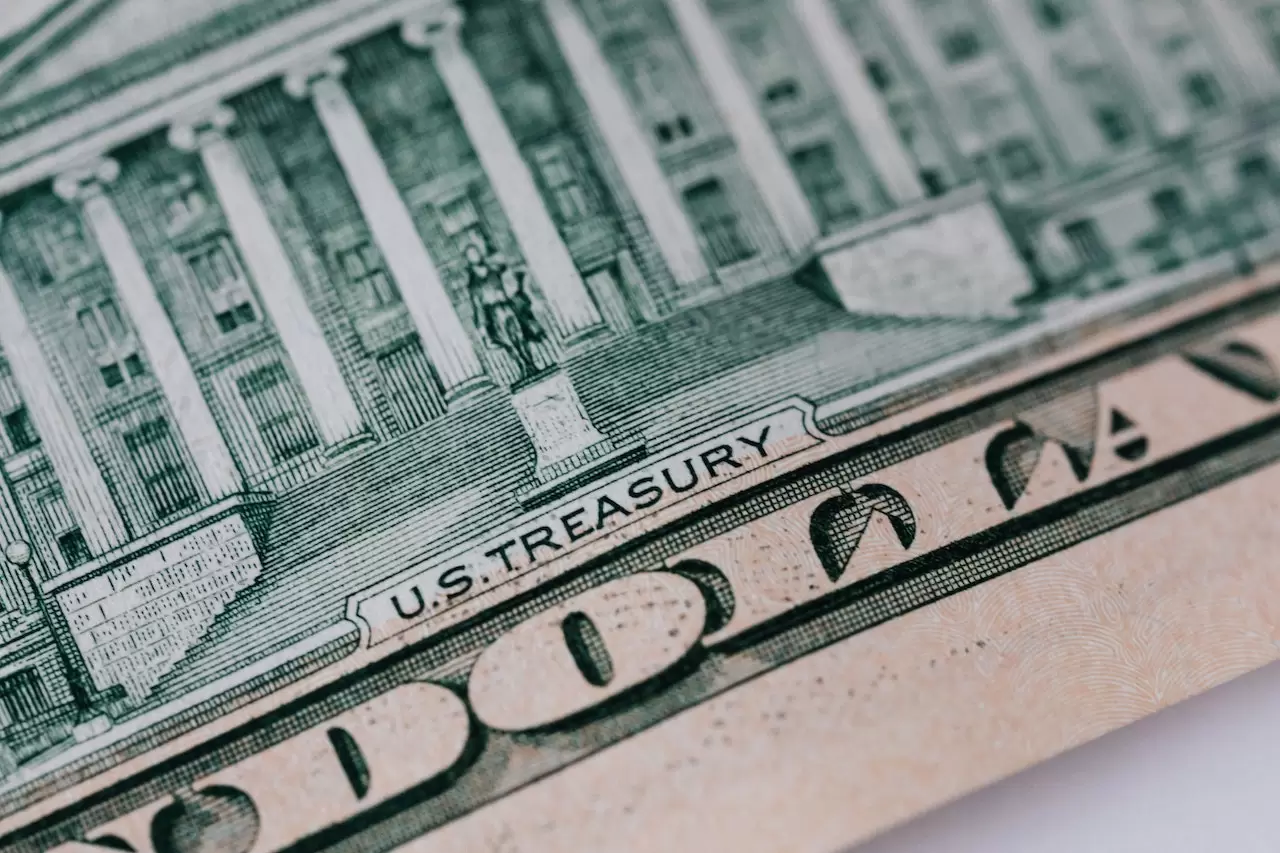By ForexTime
– Market chaos reigned throughout the first half of 2022. Bond yields, oil prices and the US dollar soared to levels not seen in over a decade, while the S&P 500 experienced its worst first half of the year since 1970.
But that doesn’t mean market volatility is now done and over with.
Markets are set to remain jumpy as we enter the first full trading week of July, with recession fears still clouding broader sentiment.
For the week ahead, the US nonfarm payrolls report is set to grab the spotlight in a holiday-shortened week for markets stateside, amid these scheduled global data releases and events:
- AUD: Australia June inflation gauge
- EUR: Germany May trade data
- CHF: Switzerland June inflation
- CAD: Canada June manufacturing PMI
- US markets closed for Independence Day
Tuesday, July 5
- CNH: China June Caixin Services PMI
- AUD: Reserve Bank of Australia rate decision
- EUR: Eurozone June services PMI
- USD: US May factory orders and durable goods
Wednesday, July 6
- GBP: Speeches by Bank of England Chief Economist Huw Pill, and Deputy Governor Jon Cunliffe
- EUR: Eurozone May retail sales, Germany May factory orders
- USD: FOMC minutes, June services PMI
Thursday, July 7
- AUD: Australia May trade balance
- EUR: ECB meeting minutes, speeches by ECB Governing Council members, Germany May industrial production
- USD: US weekly initial jobless claims
- US crude: EIA weekly US crude inventories
- USD: Fed speak – Fed Governor Christopher Waller, St. Louis Fed President James Bullard
Friday, July 8
- CAD: Canada June unemployment rate
- USD: US June nonfarm payrolls
The “r” word (recession) is set to continue dominating market chatter in the latter half of the year, as the Fed raises interest rates in order to rein in inflation that’s at multi-decade highs.
Fed Chair Jerome Powell argued that more unemployed Americans could be what’s needed to ultimately cool inflation down to the Fed’s 2% target (the May US consumer price index came in at 8.6% – its highest since December 1981).
What are markets expecting for the next US jobs report?
The median estimate by economists for this coming Friday’s June US nonfarm payrolls report:
- Unemployment rate: 3.6%
- Jobs added: 250,000 (which would mark the lowest US jobs growth since 2019).
Ultimately, policymakers at the US central bank are aiming for some demand destruction, with the unemployment rate forecasted to move up to 4.1% towards the end of 2024 – a forecast that some segments of the market think is still too optimistic.
Why is the Swiss Franc strengthening?
The Swiss Franc is the only G10 currency to register an advance against the US dollar in June, with USDCHF dropping by 0.46% last month. CHF also registered a monthly advance in June against all of its G10 peers.
Besides being widely viewed as a safe haven currency, CHF’s strength has been fuelled of late by the Swiss National Bank’s hawkish surprise in June. The central bank unexpectedly raised interest rates by 50-basis points – its first hike in 15 years, while signalling more hikes to come.
Switzerland’s June consumer price index announcement on Monday could also spur more gains for the Swiss Franc, especially if its CPI print comes in above the estimated 3.1% figure, which would be its highest levels since July 2008.
Recession fears could fuel demand for safe-haven Swiss Franc
Back to the headline-grabbing NFP, should the US jobs market continue showing signs of softening, either by way of a higher-than-3.6% unemployment rate, or a lower-than-250k headline NFP figure, that could heighten expectations that the world’s largest economy is destined for a recession sometime in the latter part of 2023.
More risk aversion may result in lower US Treasury yields that dampen the US dollar, in turn potentially allowing the Swiss Franc – a traditional safe haven – to strengthen instead.
USDCHF to break below key 100-day SMA support?
Looking at the charts, USDCHF has found support at its 100-day simple moving average on a couple of occasions over the past 3 months.
Another gust of risk aversion, especially amid elevated fears of a US recession, could see USDCHF breaking below that key support level to revisit its mid-March peak at 0.946.

Though of course, a hawkish surprise out of the mid-week FOMC minutes from its June meeting, when the Fed triggered a jumbo-sized 75-basis point hike, could undermine the case for a lower USDCHF.
 Article by ForexTime
Article by ForexTime
ForexTime Ltd (FXTM) is an award winning international online forex broker regulated by CySEC 185/12 www.forextime.com
